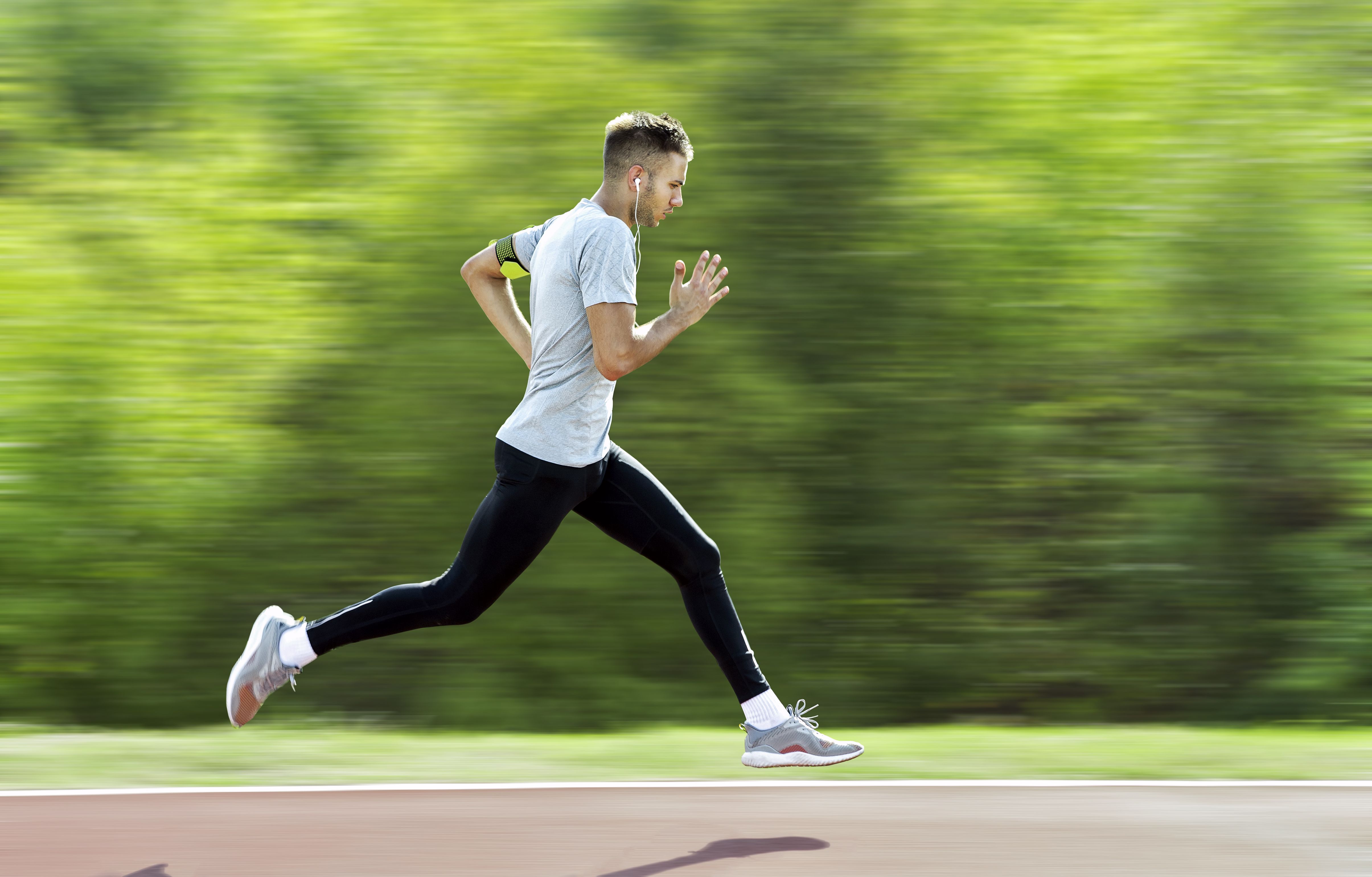Turbocharge Your Runs: Unlock Your Potential with Strategic Running Workouts
Turbocharge Your Runs: Unlock Your Potential with Strategic Running Workouts
Blog Article
Handling Common Running Discomforts: Causes, Solutions, and Prevention
As runners, we usually run into numerous discomforts that can prevent our efficiency and pleasure of this physical task. By exploring the origin factors for these running pains, we can discover targeted solutions and preventative actions to make certain a smoother and a lot more fulfilling running experience.
Typical Running Pain: Shin Splints
Shin splints, an usual running pain, frequently result from overuse or incorrect shoes during physical task. The repetitive stress and anxiety on the shinbone and the cells affixing the muscle mass to the bone leads to inflammation and discomfort.
To protect against shin splints, individuals must progressively increase the intensity of their exercises, put on ideal footwear with appropriate arch support, and keep adaptability and toughness in the muscles surrounding the shin (running workout). In addition, including low-impact tasks like swimming or cycling can help keep cardiovascular fitness while allowing the shins to heal.
Usual Running Discomfort: IT Band Disorder
In addition to shin splints, one more prevalent running pain that athletes typically run into is IT Band Disorder, a problem triggered by inflammation of the iliotibial band that runs along the outer upper leg and knee. IT Band Disorder typically shows up as pain outside of the knee, particularly during tasks like running or cycling. The iliotibial band is a thick band of fascia that links the aware of the shin, and when it ends up being inflamed or limited, it can scrub versus the thigh bone, resulting in discomfort and pain.
Runners experiencing IT Band Syndrome might see a painful or hurting experience on the external knee, which can worsen with continued activity. Factors such as overuse, muscular tissue inequalities, incorrect running type, or inadequate warm-up can add to the advancement of this condition.
Typical Running Discomfort: Plantar Fasciitis

Plantar Fasciitis can be credited to various elements such as overtraining, incorrect footwear, operating on difficult surface areas, or having high arcs or flat feet. To stop and minimize Plantar Fasciitis, runners can integrate stretching exercises for the calves and plantar fascia, use helpful footwear, preserve a healthy weight to decrease strain on the feet, and gradually enhance running intensity to avoid sudden stress on the plantar fascia. If symptoms persist, it is advised to consult a medical care specialist for correct medical diagnosis and treatment options to address the problem properly.
Usual Running Discomfort: Runner's Knee
After dealing with the challenges of Plantar Fasciitis, another widespread concern that joggers typically deal with is Jogger's Knee, an usual running pain that can impede athletic performance and trigger discomfort during exercise. Runner's Knee, likewise called patellofemoral discomfort disorder, shows up as pain around or behind the kneecap. This condition is typically credited to overuse, muscular tissue imbalances, incorrect running methods, or troubles with the placement of the kneecap. Runners experiencing this pain may feel a plain, hurting pain while running, rising or down stairways, or after prolonged durations of sitting. To stop Jogger's Knee, it is essential to include appropriate warm-up and cool-down routines, maintain strong and well balanced leg muscle mass, put on proper footwear, and slowly increase running intensity. If signs and symptoms continue, inquiring from a healthcare expert or a sporting activities medicine expert is recommended to identify the underlying reason and develop a customized therapy plan to ease the pain and stop more problems.
Usual Running Discomfort: Achilles Tendonitis
Commonly afflicting runners, Achilles Tendonitis is an excruciating condition that affects the Achilles tendon, triggering discomfort and prospective constraints in exercise. The Achilles ligament is a thick band of cells that attaches the calf bone muscular tissues to the heel bone, essential for tasks like running, leaping, and strolling - go to this site. Achilles Tendonitis commonly develops due to overuse, incorrect footwear, insufficient extending, or abrupt rises in exercise
Symptoms of Achilles Tendonitis include pain and tightness along the ligament, particularly in the early morning or after durations of lack of exercise, see this site swelling that gets worse with task, and possibly bone spurs in chronic cases. To avoid Achilles Tendonitis, it is important to stretch appropriately previously and after running, use proper shoes with appropriate assistance, slowly boost the intensity of exercise, and cross-train to decrease repetitive tension on the tendon. Therapy might entail remainder, ice, compression, altitude (RICE method), physical therapy, orthotics, and in serious situations, surgical procedure. Early intervention and proper care are critical for handling Achilles Tendonitis efficiently and stopping long-term difficulties.
Final Thought

Report this page